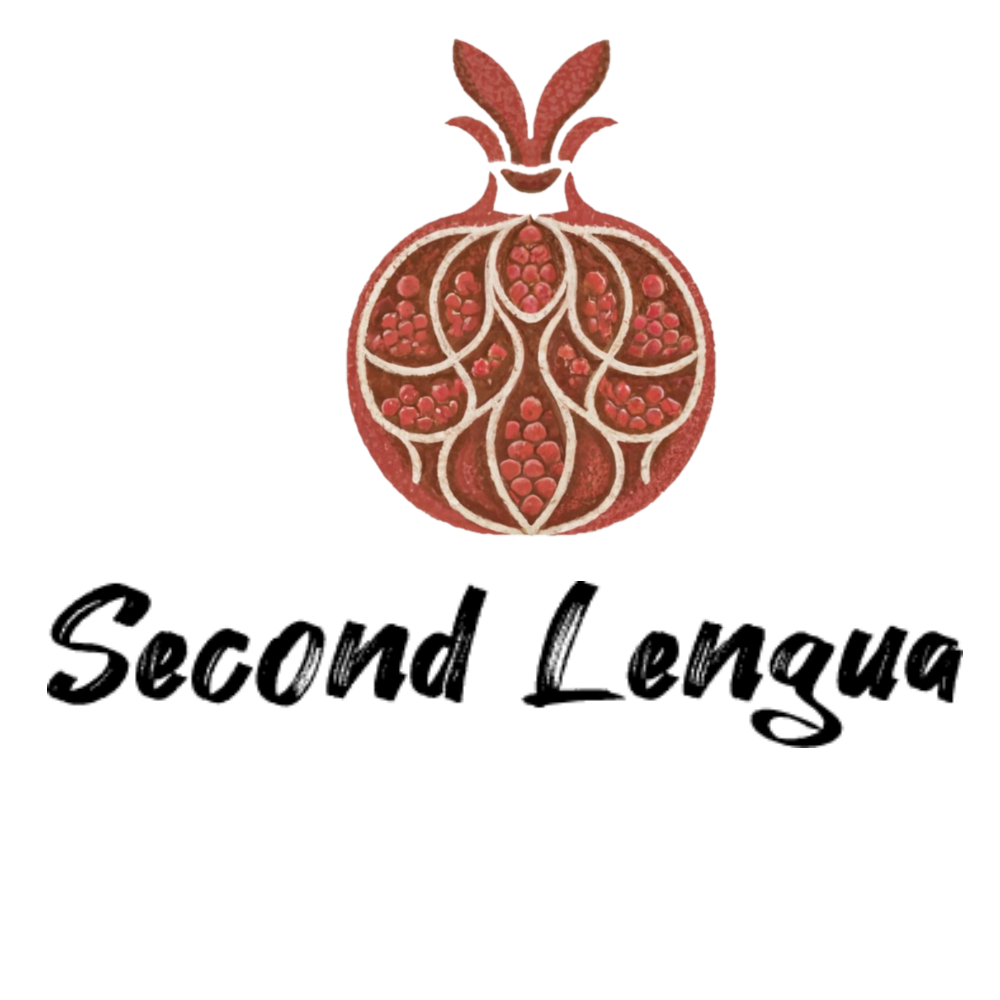The dhimmi of al-Andalus
Living as a religious minority under Umayyad rule
The lived experience of Jews and Christians who existed under Muslim rule was in some was completely the same, and in others vastly different. The difference was largely a matter of perspective.
Both Jews and Christians are, to Muslims, other People of the Book, people who have sacred scriptures that were given to them by the one true God and whose traditions are to be respected, even if they are considered to be distorted and to have strayed from the original message of said true God. This position as People of the Book, or dhimmi as they are called in Arabic, gives Jews and Christians a protected status under Islam, and they are not forced to convert and are allowed to practice the majority of their religious traditions without much interference. This should not be mistaken, however, for religious equality with the Muslim ruling class. Jews and Christians were required to pay a special tax in order to maintain this condition, and were not allowed to proselytize, build new churches or synagogues, or ring bells or have processions. Essentially, Jews and Christians can be Jews and Christians in private, but their private life may not invade the Muslim public sphere.
This condition, while imposed equally upon the Jews and Muslims of al-Andalus, felt very different for each group. The Jews of al-Andalus were accustomed to their religious practices being primarily domestic and to living as second-class citizens. They had practice with maintaining their religious customs in the face of a dominant group that did not share those customs. They had done so on the Iberian Peninsula since they arrived there with the Romans, and their political and social status improved dramatically under Muslim rule as opposed to under Christian.
For the Christians living in al-Andalus, however, the arrival of Islam resulted in a diminishing of power, of a shrinking of their presence and visibility in the public sphere. Christians living in Umayyad Córdoba did not have practice in observing their faith domestically and felt their displacement from the halls of power acutely.
The Umayyads, for their part, were generally happy to incorporate many aspects of the cultures that they conquered into their own, taking an expansive and liberal approach to governing the dhimmi, and readily welcoming converts into the fold of the faithful.
And there were converts aplenty. Village tax returns from less than a century after the death of Abd al-Rahmann I indicate that some 40% of Christians living in al-Andalus had converted. While we cannot know the motive of every person who converted from Judaism or Christianity to Islam during the Umayyad period (most of the converts were from Christianity, with only a very few from Judaism), what we can know is that there was a compelling practical reason to do so: your social standing would immediately improve from being a member of the majority. You would no longer have to pay a special tax. Your religion would be that which was publicly practiced and accepted, and you would have more opportunities to move up in the world. Although it is true that many Christians and Jews moved upward socially in Umayyad society and government, it is also true that the majority of those in power were still Muslim. Being in the in-group has its advantages.
This practical reason, though, cannot account for all, or perhaps even most, of the conversions that occurred. The entrance of Islam to the Iberian Peninsula brought with it a cultural renewal that was both separate from and yet intimately intertwined with religion. It brought new styles of dress, new kinds of food, new customs, and, perhaps most vexing to one 9th-century Cordovan Christian, new language.
Paul Alvarus, a devout Christian living in Cordoba in 854 lamented the fascination that the young people of his day had with Arabic, complaining that while most young Christians could not write even so much as a letter to a friend in Latin, they could compose sophisticated Arabic poetry. What made the Arabic language and the texts that it composed so attractive? Beyond being a sonorous language that lends itself to rhyming and thus poetry, Arabic also brought with it a whole vast library of texts on non-religious topics that had been lost to readers in Iberia for centuries. Most of the classical Greek texts did not survive in translations to Latin, and so Aristotle was completely unknown to the Latin-speaking population of medieval Iberia. Texts on philosophy, medicine, astronomy, history, ethics, and poetry were rapaciously consumed by a population hungry for written culture. Paul Alvarus knew the danger of this fascination, though. He knew that adopting Arab customs, language, and dress was only a hair away from adopting Islam as well.
And yet, the Mozarabic Christians, as the Christians living under Muslim rule came to be called, survived. They did not all convert or move north to Christian kingdoms, and their descendants still practice their particular form of Christianity in two churches in Toledo today. The Parroquia Mozárabe de San Marcos, Santa Eulalia y San Torcuato (yes, this is a single parish, named after three saints) and the Iglesia de las Santas Justa y Rufina (and another single parish, named after two saints) both continue to observe what is known as the Mozarabic Rite, a mass setting which differs substantially from the Roman Rite and which remains the axis around which the identity of this small group of descendants of the mozárabes revolves.
La iglesia de las Santas Justa y Rufina in Toledo, España
Carlos Delgado, CC BY-SA 3.0 ES <https://creativecommons.org/licenses/by-sa/3.0/es/deed.en>, via Wikimedia Commons
Sources consulted for this piece:
God's Crucible: Islam and the Making of Europe, 570-1215, David Levering Lewis

